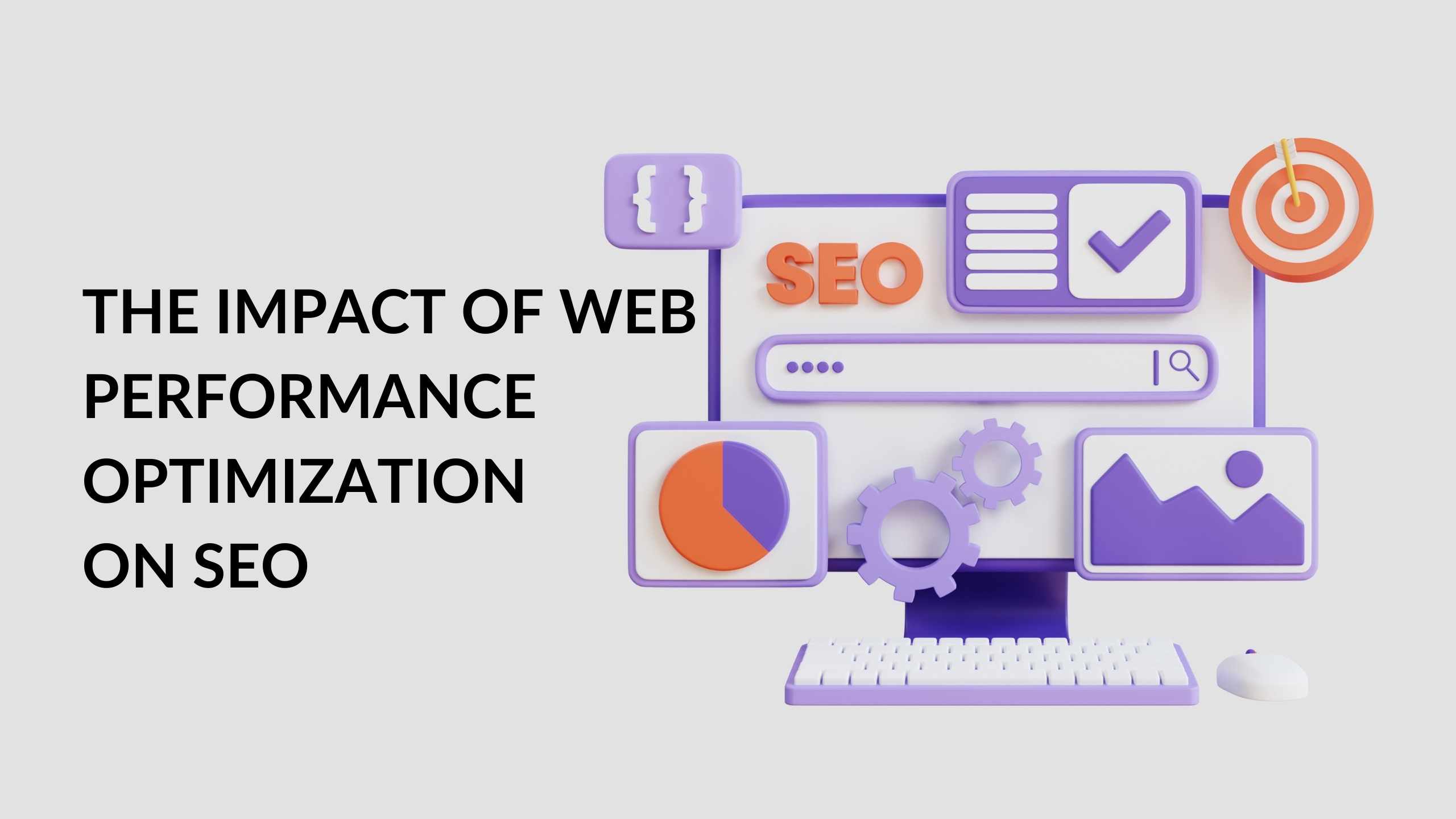Buzz Haven: Your Source for Trending Insights
Stay updated with the latest buzz in news, trends, and lifestyle.
Speeding Through the Web: Why Performance is Your Site's Best Friend
Discover how lightning-fast performance can boost your site's success and keep visitors coming back for more! Don't let speed hold you back!
The Impact of Website Speed on User Experience and SEO
Website speed plays a crucial role in shaping user experience, which in turn affects site engagement and conversion rates. Studies have shown that users tend to abandon websites that take more than three seconds to load, highlighting the importance of fast-loading pages. Moreover, a seamless browsing experience fosters user satisfaction and can encourage repeat visits. To improve website speed, consider leveraging techniques such as image optimization, minimizing HTTP requests, and utilizing browser caching. Each of these strategies can contribute to a more efficient website that retains users' attention.
Furthermore, website speed is not only vital for user experience but also serves as a key factor in search engine optimization (SEO). Search engines, especially Google, prioritize high-speed websites in their rankings. This means that a slow site can have a detrimental effect on your visibility in search engine results pages (SERPs). By enhancing your website speed, you increase your chances of achieving higher rankings and attracting more organic traffic. Regularly testing your site’s performance using tools like Google PageSpeed Insights can help identify areas for improvement and ensure that your website meets user expectations and SEO standards.

Top Strategies to Optimize Your Website's Performance
Enhancing your website's performance is crucial for improving user experience and boosting SEO rankings. Here are top strategies you can implement:
- Optimize Images: Large images can slow down your site. Use image compression tools to reduce file sizes without sacrificing quality.
- Minimize HTTP Requests: Streamline your website by reducing the number of elements that require separate requests. Combine CSS and JavaScript files where possible.
Additionally, consider the following techniques to further enhance your site's speed:
- Implement Caching: Use caching strategies to store frequently accessed data, which decreases load times for repeat visitors.
- Utilize a Content Delivery Network (CDN): A CDN can distribute your content across various servers worldwide, ensuring quicker access for users no matter their location.
Is Your Site Slowing Down Your Business? Discover the Benefits of Fast Loading Times
In today's digital landscape, fast loading times are critical for maintaining a competitive edge. Research indicates that even a one-second delay in loading can result in a 7% reduction in conversions. Therefore, if your site is experiencing sluggishness, it not only frustrates users but also threatens your bottom line. Customers today have little patience for slow websites, often abandoning sessions in favor of competitors with quicker load speeds. Emphasizing fast loading times can significantly enhance user experience and keep visitors engaged.
Moreover, fast loading times can positively impact your search engine rankings. Major search engines, such as Google, take a site's performance into consideration when ranking pages. Enhanced site speed leads to lower bounce rates and can improve your site's overall SEO. In a world where user experience and SEO are intertwined, ensuring your website loads quickly is not just an option; it's a necessity. Businesses that prioritize fast loading times often witness increased traffic and higher engagement metrics, translating to greater profitability.